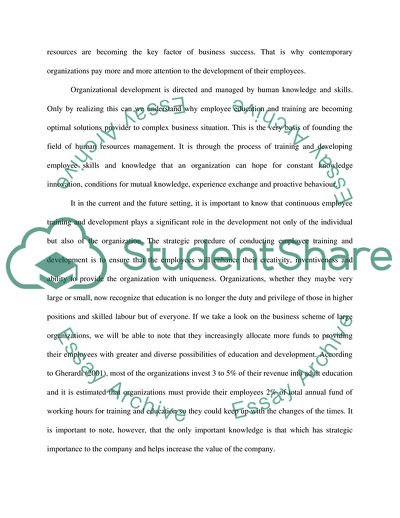Cite this document
(Proper Use of Knowledge Is Becoming a Reliable Source Case Study, n.d.)
Proper Use of Knowledge Is Becoming a Reliable Source Case Study. https://studentshare.org/education/1713961-learning-development-and-training
Proper Use of Knowledge Is Becoming a Reliable Source Case Study. https://studentshare.org/education/1713961-learning-development-and-training
(Proper Use of Knowledge Is Becoming a Reliable Source Case Study)
Proper Use of Knowledge Is Becoming a Reliable Source Case Study. https://studentshare.org/education/1713961-learning-development-and-training.
Proper Use of Knowledge Is Becoming a Reliable Source Case Study. https://studentshare.org/education/1713961-learning-development-and-training.
“Proper Use of Knowledge Is Becoming a Reliable Source Case Study”. https://studentshare.org/education/1713961-learning-development-and-training.


